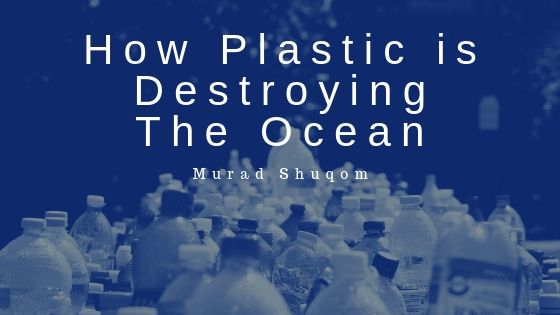One of the most consumed commodities of today’s society has become plastic. Whether it be single-use plastic or reusable plastic, the environmental impact is substantial and devastating not only to marine wildlife but to the world’s life as well. More than 800 species of marine wildlife are believed to be at risk of being endangered with the primary reason due to increased pollution in the ocean. How exactly does plastic destroy the ocean and the dwellers within it?
Consumption of plastics by marine wildlife
When more plastics are dumped into the ocean, the chances of more species coming into contact with these plastics increases. Since many species within marine wildlife are unaware of what these objects are, they are tempted to either eat the objects or possibly play with them. Even if they do eat them, the species often get the misconception their stomachs are full from eating the plastics, causing them to starve. A prime example of a species eating such plastics and on the receiving end of the consequences are sea turtles. Often, the plastics found on beaches and sand affect the temperature of the sea turtles’ eggs and affect reproduction. In addition, young sea turtles are often more prone to consuming plastics than senior sea turtles as they are not experienced and tend to eat whatever is in their path and tend to follow currents.
Increase of Pathogens in the Ocean
Even if none of the species eat the plastics currently in the ocean, plastic is still a breeding spot for pathogens. These pathogens are just as deadly as consuming plastic for marine wildlife. A study recently found that coral reefs that are surrounded by plastic waste are 89% more likely to contract a disease. In comparison, coral reefs that are not surrounded by plastic waste are only 4% likely to contract a disease. Pathogens not only can deliver diseases, they can even cause death among the surrounding ocean life.
Predator/Prey Effect:
Some species including dolphins are more intelligent than others and don’t eat the plastics within the ocean. However, the same cannot be said for their prey. When dolphins catch their prey, the dolphin is unable to detect whether or not they have come into contact with plastic. If the prey has consumed plastic, the plastic gets transferred to the predator who is now under the effects of plastic consumption.

